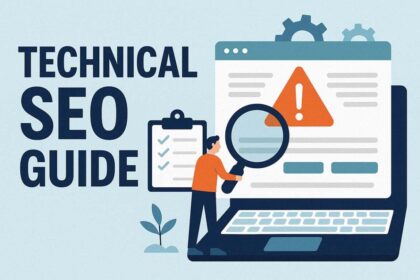In the ever-evolving landscape of digital marketing, where attention spans are fleeting and competition is fierce, businesses are continually seeking innovative strategies to capture their audience’s gaze. Among the myriad tools available, Search Engine Marketing (SEM) stands out as a powerful ally, transforming the way brands connect with potential customers in the vast online marketplace. This article delves into the fundamental principles of SEM, exploring its dynamic components—from paid search ads to strategic keyword targeting—and how, when wielded effectively, it can unlock unparalleled opportunities for growth and visibility. Join us on a journey to discover the intricacies of SEM and learn how to harness its potential to propel your brand to new heights.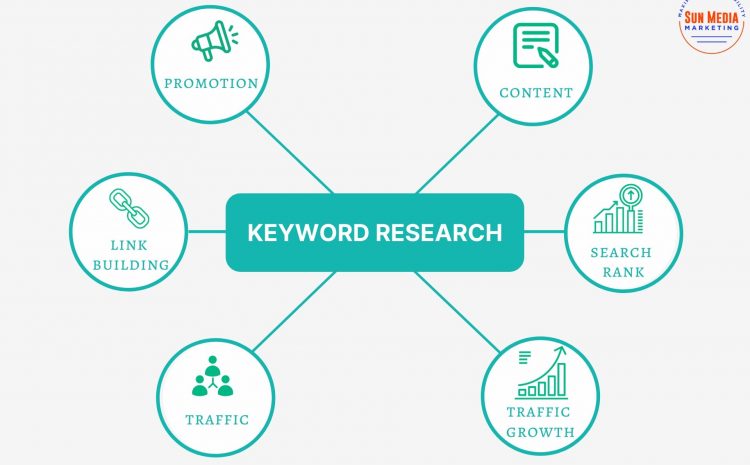
Harnessing the Potential of Keyword Research for Effective SEM Strategies
Keyword research is the cornerstone of any effective SEM strategy, providing marketers with invaluable insights into the language and desires of their audience. By diving deep into the relevance and volume of keywords, businesses can identify high-performing terms that will boost their visibility in search engine results. Utilizing tools such as Google Keyword Planner, SEMrush, or Ahrefs, marketers can unearth opportunities that align with their goals. Key tactics include:
- Long-tail Keywords: These specific phrases often lead to higher conversion rates as they attract users with clear intent.
- Competitor Analysis: Understanding which keywords competitors are targeting can unveil gaps and opportunities in your strategy.
- Search Intent: Classifying keywords based on the intent—informational, navigational, and transactional—helps tailor your content and ads more effectively.
After identifying potential keywords, the next step is to prioritize them based on metrics that matter to your SEM strategy. Metrics such as search volume, competition level, and cost-per-click (CPC) should guide your decision-making. The following table summarizes these essential metrics for a sample set of keywords:
| Keyword | Search Volume | Competition Level | CPC ($) |
|---|---|---|---|
| buy shoes online | 40,500 | High | 1.75 |
| shoe sale | 14,800 | Medium | 0.80 |
| best running shoes | 12,100 | High | 2.20 |
By leveraging keyword research to its full extent, marketers craft campaigns that resonate with their target audience, ultimately leading to higher engagement and conversion rates. Tailoring ad copies and landing pages to incorporate these keywords not only enhances relevance but also improves the quality score of your campaigns, resulting in more efficient ad spending and a better bottom line.
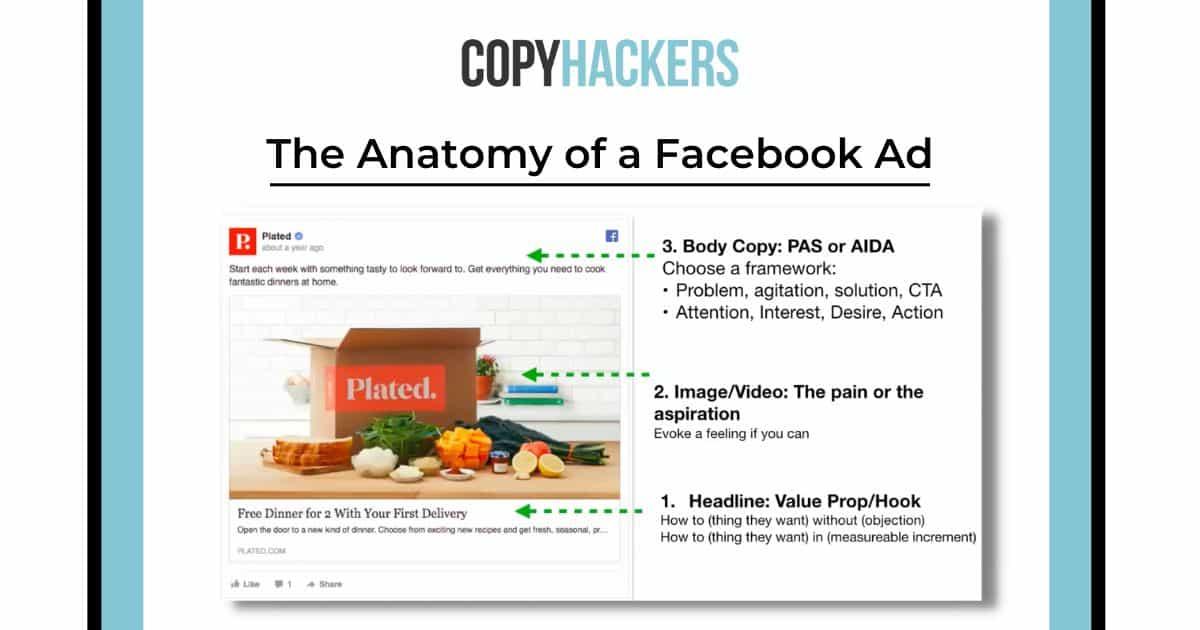
Crafting Compelling Ad Copy That Converts: Tips and Techniques
Creating ad copy that captures attention and drives conversions is both an art and a science. Start by identifying your target audience and tailoring your message to their specific needs and desires. Use dynamic language that evokes emotion and urgency while incorporating clear calls to action. By leveraging the power of storytelling, you can connect on a deeper level, making the product or service feel not just useful but essential. A good practice is to focus on benefits over features, as this helps potential customers envision how your offering can improve their lives.
To further enhance the effectiveness of your ad copy, consider testing different variations to see which resonates best with your audience. Employ A/B testing to measure performance and refine your approach. You can also utilize attention-grabbing techniques such as questions, numbers, and strong adjectives to stand out in a crowded digital landscape. Here’s a quick guide to some effective ad copy techniques:
| Technique | Description |
|---|---|
| Urgency | Encourage immediate action by creating a sense of urgency (e.g., “Limited time offer!”). |
| Social Proof | Leverage testimonials or user reviews to build trust and authority. |
| Clear Value Proposition | Showcase what sets your product apart from competitors in a succinct manner. |
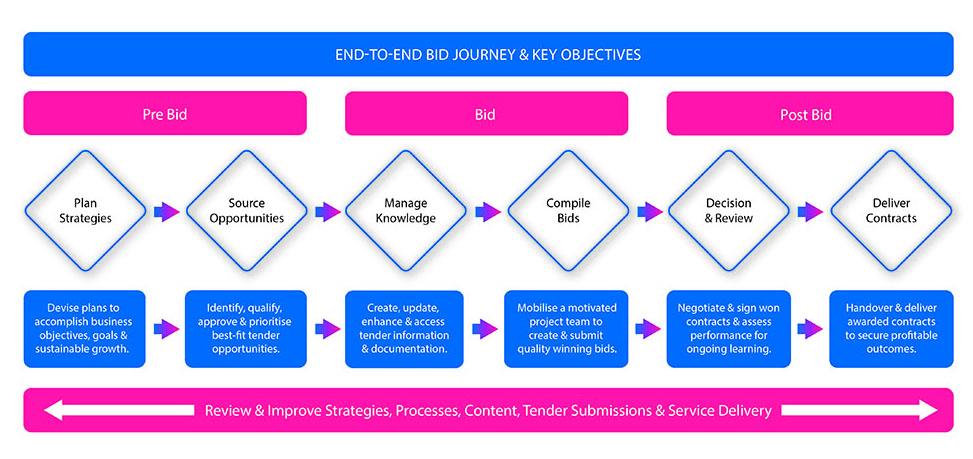
Maximizing ROI Through Effective Bid Management and Budgeting
To truly harness the power of Search Engine Marketing (SEM), effective bid management and budgeting are your best allies. When strategizing your bids, consider a few critical factors to ensure optimal resource allocation:
- Target Audience Analysis: Understand who your users are and their search behaviors to tailor your bids accordingly.
- Competitive Landscape: Monitor competitors’ bidding strategies to determine where you can gain an advantage without overspending.
- Keyword Performance Metrics: Regularly analyze which keywords yield the highest return on investment (ROI) to refine your bids based on data-driven insights.
Budgeting for SEM should be dynamic and align with your overall marketing objectives. Establishing a well-defined budget not only sets spending limits but also allows for:
- Flexibility: Adjusting bids and reallocating funds based on short-term campaign performance enables you to capitalize on seasonal trends.
- A/B Testing Opportunities: Allocate a portion of your budget for experimenting with different bidding strategies or ad creatives to discover the most effective approaches.
- Performance Reviews: Regularly review your campaign’s performance metrics against your budget ensures continuous improvement and maximum ROI.
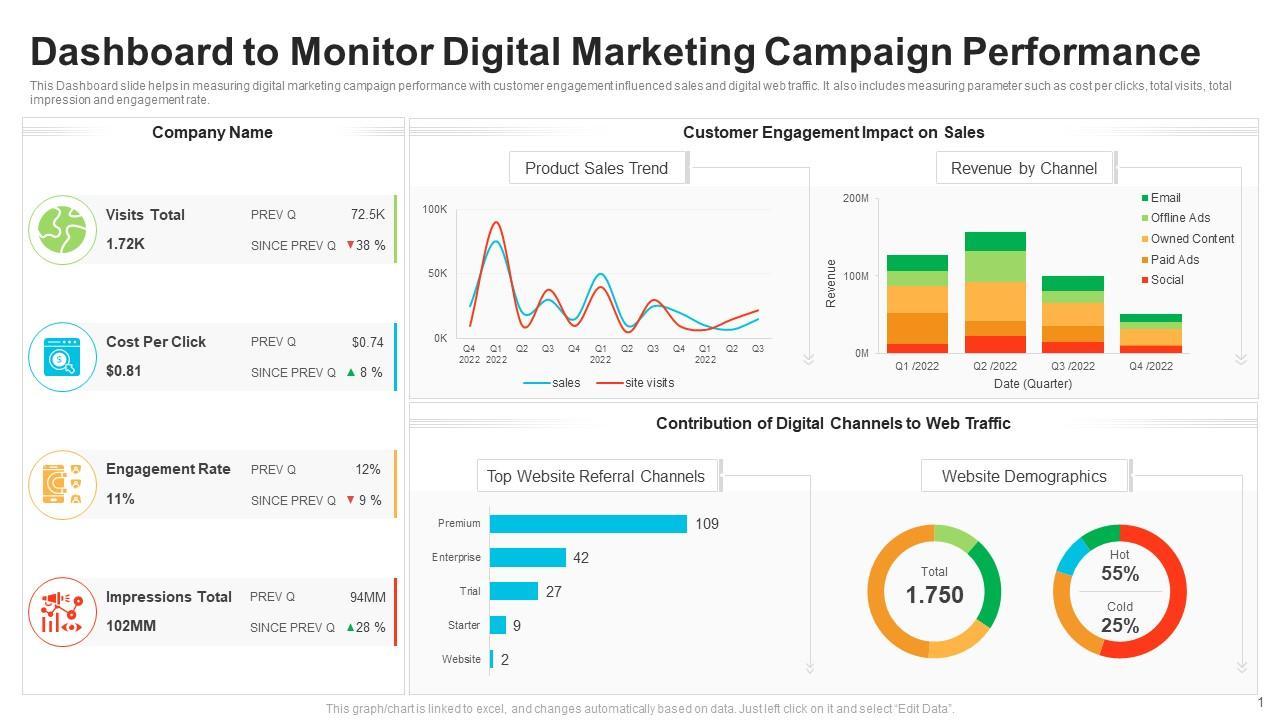
Analyzing and Optimizing Campaign Performance for Continuous Improvement
To truly harness the power of Search Engine Marketing (SEM), it is crucial to continuously analyze and optimize your campaign performance. This process enables marketers to identify areas for improvement, ensuring each dollar spent works effectively. Key performance indicators (KPIs) should be tracked consistently, including:
- Click-Through Rate (CTR) – A measure of how often people click on the ad after seeing it.
- Conversion Rate – The percentage of visitors completing a desired action after clicking the ad.
- Cost per Click (CPC) – The average amount spent for each click on the ad, impacting overall budget management.
Using robust data analysis tools, marketers can gain insights into consumer behavior and preferences, allowing for targeted adjustments that align with audience needs. For example, A/B testing different ad copy or visuals can reveal which variants resonate best, thereby enhancing performance. Incorporating a reporting strategy that includes a breakdown of performance over time can further facilitate informed decision-making. By reviewing data in a structured format, teams can discover trends that may not be immediately noticeable. Consider a simple reporting table as illustrated below:
| Metric | Week 1 | Week 2 | Week 3 |
|---|---|---|---|
| CTR (%) | 2.5 | 3.0 | 3.5 |
| Conversion Rate (%) | 1.2 | 1.5 | 1.8 |
| CPC ($) | 2.50 | 2.30 | 2.10 |
The Conclusion
In the ever-evolving landscape of digital marketing, Search Engine Marketing (SEM) stands as a powerful beacon for businesses seeking visibility and growth. By harnessing its potential, marketers can not only drive traffic but truly connect with their target audience in meaningful ways. As we conclude our exploration of SEM, remember that success in this domain hinges on a delicate balance of strategy, creativity, and analysis.
Embrace the tools and techniques discussed, experiment with your unique brand voice, and keep your finger on the pulse of industry trends. The world of SEM is vast, and while challenges may arise, the opportunities for innovation and engagement are equally boundless. With time, patience, and a commitment to continuous learning, you can unlock the true power of SEM, transforming your digital presence and propelling your business toward new horizons.
As you embark on this journey, take a moment to reflect on the strategies that resonate most with you. The key to unlocking SEM’s potential lies not just in the techniques you employ, but in how you adapt and grow within this dynamic field. Happy marketing!



